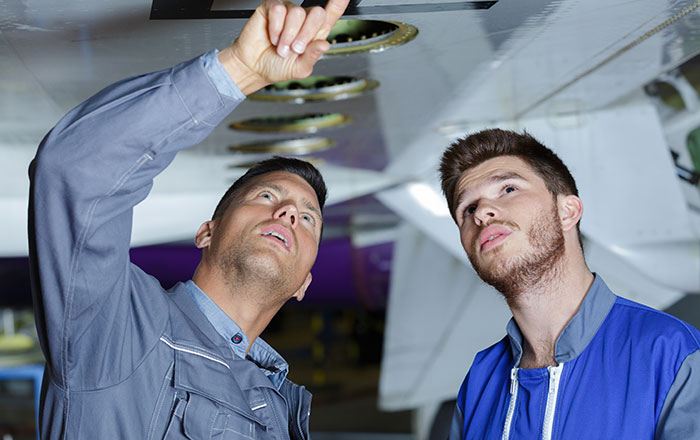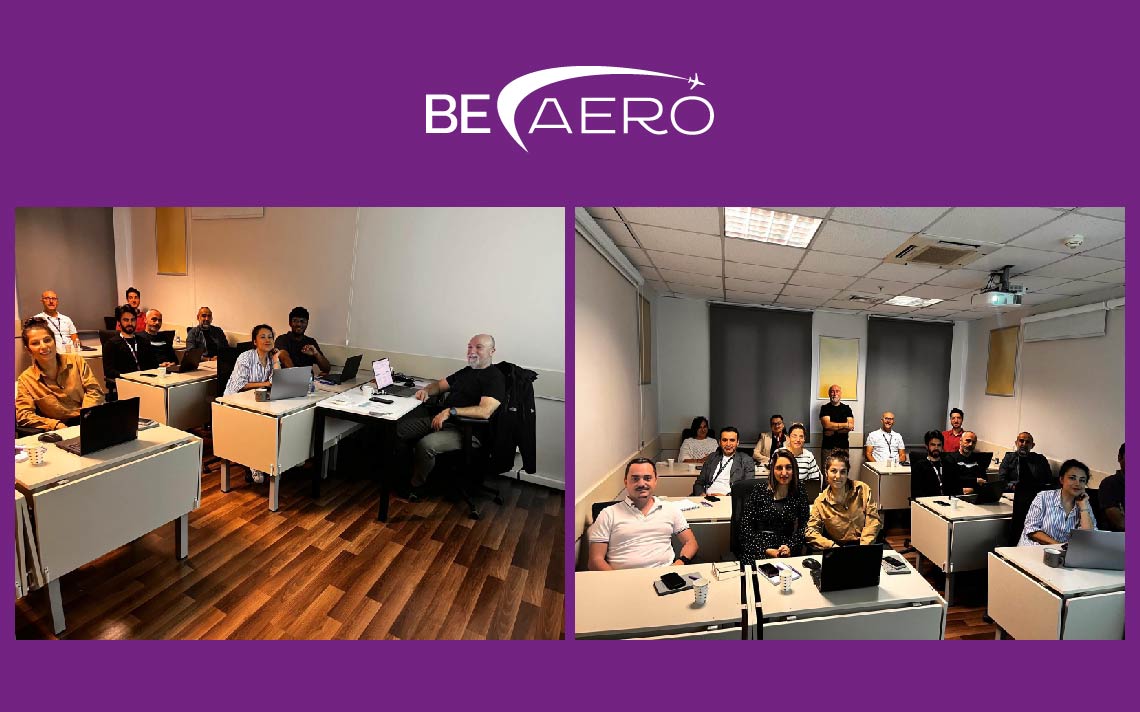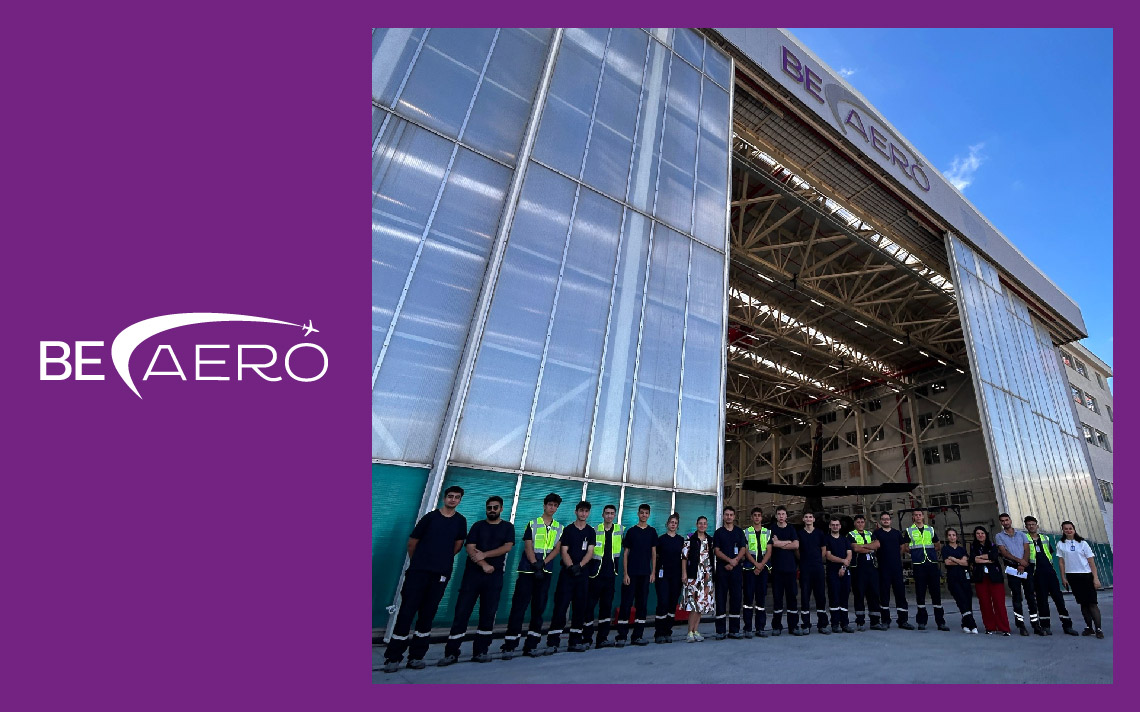
The Training Process of Aircraft Maintenance Personnel
How Aviation Technicians Are Prepared for the Skies
Aircraft maintenance technicians (AMTs) are the unsung heroes of aviation. While pilots are the face of air travel, it’s the licensed maintenance professionals who keep aircraft airworthy and safe behind the scenes. But how do these technicians gain the skills and certifications required to service complex machines like commercial jets?
In this blog, we’ll explore the education, licensing, and ongoing training involved in becoming a certified aircraft maintenance technician, and why their role is critical for flight safety.
Why Proper Training Is Critical in Aviation Maintenance
Aircraft maintenance involves working with:
-
High-pressure hydraulic systems
-
Sensitive avionics and electronic components
-
Safety-critical engine and flight control systems
A single error can have catastrophic consequences. That’s why regulatory authorities like EASA, FAA, and SHGM impose strict requirements on training, exams, and practical experience.
Step 1: Theoretical Education & Classroom Training
Aspiring maintenance technicians typically enroll in Part-147 approved training organizations (ATO). These institutions offer structured training based on the aircraft maintenance license category:
-
Category A – Line maintenance (simple tasks, under supervision)
-
Category B1 – Mechanical systems (engine, airframe, hydraulics)
-
Category B2 – Avionics (navigation, communication, autopilot systems)
-
Category C – Base maintenance and oversight of complex checks
The classroom phase includes topics such as:
-
Aerodynamics and aircraft structures
-
Turbine and piston engine theory
-
Electrical and electronic fundamentals
-
Safety and human factors
Step 2: Practical Training
After completing theory, trainees must undergo hands-on training on real aircraft or simulators, which includes:
-
Performing inspections, servicing, and component replacements
-
Using specialized tools and ground support equipment
-
Reading and applying aircraft maintenance manuals (AMMs)
Most programs require a minimum number of practical hours before taking official license exams.
Step 3: Licensing and Certification
To work legally on commercial aircraft, a technician must earn a license issued by an aviation authority:
-
EASA Part-66 License (in Europe and many countries)
-
FAA A&P Certificate (in the USA)
-
SHGM Licenses (in Turkey and other national authorities)
Licensing includes:
-
Passing multiple module exams (written & oral)
-
Documented practical experience (ranging from 1–5 years)
-
Continuous training to maintain currency
Step 4: On-the-Job Training & Type Ratings
Once licensed, technicians still need type-specific training to work on particular aircraft models like the Boeing 737 or Airbus A320.
Type Rating Programs include:
-
Aircraft system layout and schematics
-
Fault diagnosis and troubleshooting
-
Hands-on assessments on real or simulated aircraft
At Be AERO, our technicians are continuously trained and re-certified to stay updated on the latest aircraft technologies and maintenance procedures.
Lifelong Learning and Recurrent Training
The aviation industry evolves fast — with new systems, digital diagnostics, and sustainability technologies emerging rapidly. That’s why maintenance personnel are required to participate in:
-
Annual recurrent training
-
Human factors and safety management courses
-
New regulation updates and refresher programs
Aircraft maintenance personnel are highly skilled professionals trained through a rigorous combination of classroom theory, hands-on practice, certification exams, and ongoing professional development.
At Be Aero, we invest in our team’s continuous growth — because in aviation, quality training equals quality safety.


